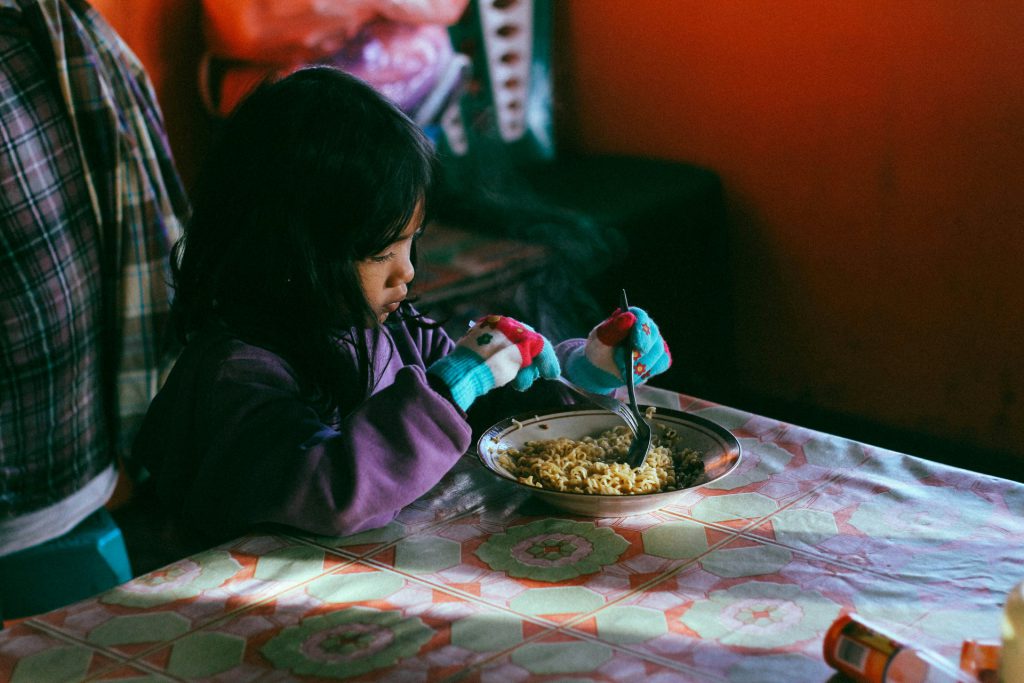Countries who want to sustain and boost their socio-economic development should invest in their youths for the long haul. Photo by Dieu Huyen Hoang on Unsplash
We have talked about how the youth are essential to guarantee a valuable and sustainable socio-economic development. Thus, in order to enable this demography to thrive as productive contributors to their nations, there is an urgent need to invest in their growth and well-being.
Investing in youth means investing in the future. Today’s generation, in particular, are technologically savvy considering their early exposure to the digital environment, allowing them to have greater access to new ideas, information and innovations to solve problems, embrace the entrepreneurial spirit, and make a change in their communities.
As they rise up to become leaders of tomorrow, not only will they influence how cities and towns will be developed, how societies will thrive, and how the needs of the ageing community will be met, but also be instrumental in confronting violence, shifting family dynamics, climate change, and the inter-generational cycle of poverty, educational inequality and gender discrimination.

To put it simply, whatever decisions and outcomes resulting from their actions today will most certainly determine their own personal paths, and ultimately the future of their own communities and countries.
“Failing to invest in children and youth triggers substantial economic, social, and political costs resulting from negative outcomes such as early school drop-out, poor labour market entry, risky sexual behaviours, substance abuse, and crime and violence,” states the World Bank.
The international organisation further suggests some principles to consider when investing in young people:
- Young people need a strong, proper foundation from an early age. Investing in short- and long-term prevention and human capital development reduces future social problems and minimises the need for remediation.
- Policies should go beyond youth development. Effective ones factor in social and economic influences shaping behaviours like families, communities, schools, the media, the legal system and societal norms.
- Invest based on evidence deriving from observation and experience. From there, focus on programmes proven to have a positive impact on young people.
- Courageously close ineffective programmes and reallocate resources and funding to promising alternatives that emphasises on early childhood and youth development. Some of these programmes may be popular but are ineffective or harmful, including “get tough” strategies, boot camps, abstinence-only programmes and construction of youth centres (instead of utilising existing structures).

Here are three areas where youth investment should be prioritised:
Their vulnerability and empowerment
It is often perceived that youth is a time for freedom, yet not all young people around the world possess such “right to adolescence”, as they are faced with challenges such as poverty, long work hours and early marriages.
For them, social stigma and gender discrimination only heighten their vulnerability, consequently limiting their autonomy to decide how they want to live and how their communities should progress.
It is therefore imperative for countries to empower young people with their rights by adapting laws and policies as well as increasing investments that focus on healthcare, education, employment and other interlinked areas for a more equitable future.
Their access to education and participation in the workforce
Even to this day, many young people struggle in transitioning from being students in school to talents in the job market. As such, governments need to respond to their needs to enable them to make the shift and truly support the productivity of their nations.
These can include linking businesses with education and skills building, and implementing policies and interventions to boost their educational and career options.
Governments should also drive collaboration across industries to carry out capacity building efforts, be they mentorship, training programmes or entrepreneurial opportunities.
Prevention and policy pertaining to their well-being
At a time of their lives where exploration is nothing unusual, young people are susceptible to various risks that can be detrimental to their health and relationships in the long run, like substance abuse, unsafe sex, exploitation and abuse.
Needless to say, there is a need to aid them towards cultivating healthier behaviours, taking account of discussions on innovations and structural changes, and then key practices and policy areas that can establish a liveable setting in which they and future generations can prosper.
One way to support adolescent health is implementing interventions not just within the healthcare sector, but also beyond, for instance related to motor vehicle laws, age of consent, child labour, and limits on media exposure and advertising.

References:
The World Bank. (n.d.). YOUTH AS A SMART INVESTMENT. United Nations Department of Economic and Social Affairs. https://www.un.org/esa/socdev/documents/youth/fact-sheets/youth-smart-investment.pdf
The World Bank. (2010). Investing in your country’s children and youth today: Good policy, smart economics. https://documents1.worldbank.org/curated/en/360861468314362308/pdf/806420NEWS0Inv00Box379809B00PUBLIC0.pdf
Youth: Investing in the future. (n.d.). Global Health Education and Learning Incubator (GHELI) at Harvard University. https://gheli.harvard.edu/youth-investing-in-the-future
United Nations Population Fund. (2005). The Case for Investing in Young People as part of a National Poverty Reduction Strategy. https://www.unfpa.org/sites/default/files/pub-pdf/case_youngpeople_eng.pdf




